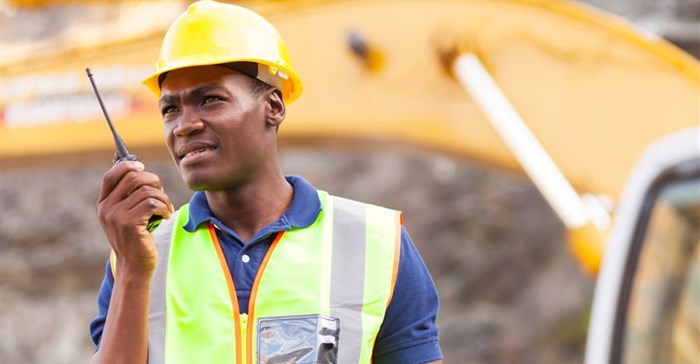Minerals Council takes issue with Covid-19 claims
"The concept is often raised by newspaper reports or government officials not part of the regulation of the industry who often lack a proper understanding of the precautionary processes implemented by the industry which give rise to the data on which they base their mistaken assumptions. These assertions are not only inaccurate but serve to spread fear among mineworkers and the communities in which they reside or come from. The focus should be on our collective effort in preventing the spread of the virus, supporting those who have contracted the virus, protecting individuals from unwarranted stigmatisation, and addressing the economic consequences of this pandemic," the council said in a statement.
The major issues that give rise to this perception are:
- a steady increase in the number of Covid-19 infections in the industry
- a number of isolated clusters of infections at particular mines
More cases
On the first point, it is correct that there have been more Covid-19 infections diagnosed in mining as a proportion of the workforce than positive diagnoses as a proportion of the population as a whole. However, it is mistaken to assume from this that mining is more prone to the spread of the virus than the population as a whole, it said.
There are more than 230,000 miners currently back at work. Each and every one of these mineworkers was screened on their first return to work post the hard lockdown, and every worker is screened for the virus prior to every shift he or she works. In accordance with the National Institute for Contagious Diseases protocols, any individual showing any symptoms or who has been exposed to someone who is known to be Covid-19 positive is sent for a test. As part of the industry’s risk-based approach to managing the epidemic, many more people are tested – for example, employees working in high-traffic areas, and randomised testing to understand the nature of infection.
It would only be possible to compare mining’s incidence with the country’s, or with any other defined grouping, if that other grouping was also having each individual screened daily and, in certain cases, having entire sections of that group tested. In essence, if the rest of the population were being scanned and, if necessary, tested at the same intensity as mining, there would be a sharp rise in reported cases in other parts of the economy and society.
Further, many of the cases identified in the mining industry have been identified even though the individuals are asymptomatic or show only mild symptoms. In some of the clusters identified in mining, up to 95% of those who tested positive have been asymptomatic and tested only because of effective tracking and tracing systems in place. Elsewhere in most of the country, it is highly unlikely that those individuals would have been found, because they would not have been traced or tested in the first place.
"As it is, we would suggest that the intensive daily screening of mineworkers, and the thorough contact tracing and testing of contacts, means that the overall incidence is no higher than the population as a whole, and is more likely lower, given especially the intensive hygiene and social distancing measures required to be implemented at every workplace," the council said.
Clusters
Second, regarding the clusters of infections, it is true that this has occurred, and has contributed to high incidences in particular areas.
However, as an epidemiological phenomenon, it is also no different from trends seen in other workplaces and in particular communities. Clusters of infections occur in many different places. Further, mines are part of communities and communities are part of mines. It is likely that those clusters similarly exist in the communities surrounding those particular mining operations; the difference, of course, is that employees have been tested, surrounding community members have not been.
Details of the measures adopted by the industry to protect the mineworkers who are travelling, which include periods of quarantine and testing, can be found in the document on the subject published on 4 June 2020.
The council pointed out that there has only one death due to Covid-19 of a mineworker of the 679 cases detected to date, and although a cause of grief for the family, friends and colleagues, the industry is gratified that the Covid-19 death rate of miners is far lower than that for similar age groups in the country as a whole. "The industry has taken a very cautious approach to taking extra measures for individuals who may be at greater risk if they get infected, not only delaying their return to work, but also in ensuing that they have pre-emptive and supportive medical care to ensure that their comorbidities do not place them at risk," it said.
















